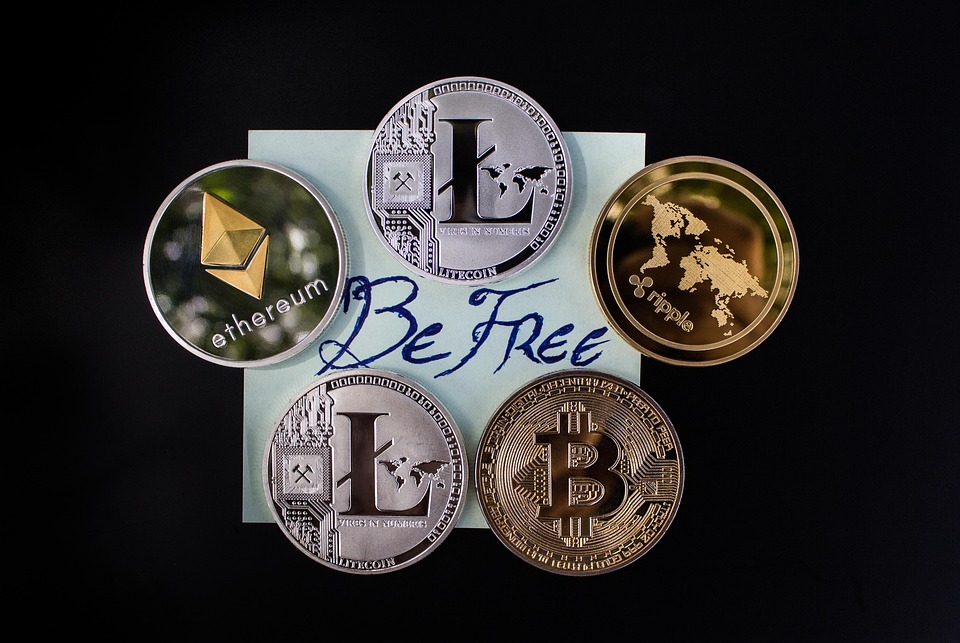Understanding XRP: A Comprehensive Guide for New Investors
In recent years, cryptocurrencies have emerged as a revolutionary force in the financial world, capturing the imagination of investors and everyday users alike. Among the myriad of cryptocurrencies available, XRP stands out due to its unique approach to solving real-world financial problems. This guide aims to provide new investors with a comprehensive understanding of XRP, its functionality, and its potential as an investment.
What is XRP?
XRP is a digital asset created by Ripple Labs, a technology company specializing in financial solutions and payment systems. Launched in 2012, XRP is designed to facilitate fast, low-cost international money transfers. Unlike Bitcoin and many other cryptocurrencies, which are primarily intended for peer-to-peer transactions, XRP aims to serve as a bridge currency for financial institutions.
How Does XRP Work?
XRP operates on a decentralized ledger known as the XRP Ledger (XRPL), which utilizes a consensus protocol to validate transactions. This allows XRP to process transactions in just a few seconds and at a fraction of the cost compared to traditional banking systems. The XRP Ledger is maintained by a network of independent validators, ensuring the integrity and security of the system.
The Benefits of Using XRP
1. **Speed**: XRP transactions are confirmed in approximately 3-5 seconds, making it one of the fastest cryptocurrencies available.
2. **Cost-Effectiveness**: Transaction fees for XRP are extremely low, usually costing fractions of a cent. This makes it an attractive option for both individuals and institutions.
3. **Scalability**: The XRP Ledger can handle up to 1,500 transactions per second, making it capable of scaling to meet the demands of global financial markets.
4. **Liquidity**: XRP is widely traded on various exchanges, providing liquidity that is essential for facilitating international payments.
Use Cases for XRP
XRP has several key use cases that highlight its potential as a transformative financial tool:
1. **Cross-Border Payments**: Financial institutions can use XRP to settle international transactions quickly and cheaply, reducing the time and cost associated with traditional methods.
2. **Remittances**: XRP enables users to send money across borders without the high fees typically associated with remittance services.
3. **Decentralized Finance (DeFi)**: As the DeFi market continues to grow, XRP can be utilized as collateral or a liquidity source in various DeFi applications.
Investing in XRP
For new investors looking to invest in XRP, there are several key factors to consider:
1. **Volatility**: Like many cryptocurrencies, XRP can be subject to significant price fluctuations. It’s important to be aware of this volatility and to manage your investment accordingly.
2. **Regulatory Landscape**: The regulatory environment surrounding cryptocurrencies is evolving. Investors should stay informed about legal developments that could impact XRP’s status and its potential for growth.
3. **Long-Term Vision**: Consider your investment strategy. XRP is often viewed as a long-term hold due to its utility in the financial sector. An understanding of its use cases can help inform your investment decisions.
4. **Research and Due Diligence**: As with any investment, thorough research is essential. Understand the fundamentals of XRP, the technology behind it, and the potential risks involved.
Conclusion
XRP presents a unique opportunity for investors interested in the cryptocurrency space, particularly those focused on the future of international payments and financial technology. By understanding its functionality, use cases, and market dynamics, new investors can make informed decisions about incorporating XRP into their portfolios. As the financial landscape continues to evolve, XRP may play a crucial role in shaping the future of money.



